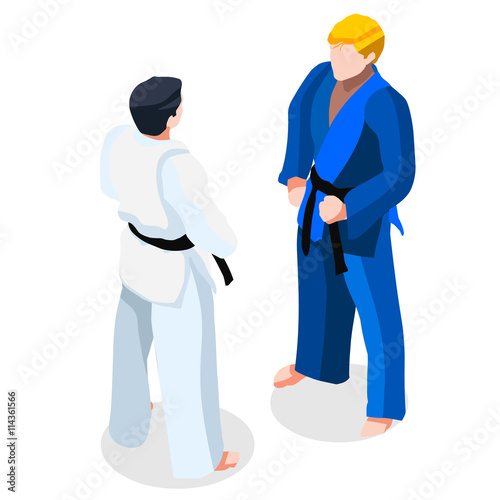A Comparative Research Of Standard Martial Arts And Modern Battle Sports: Highlighting The Necessary Differences
A Comparative Research Of Standard Martial Arts And Modern Battle Sports: Highlighting The Necessary Differences
Blog Article
Short Article Developed By-Skovbjerg Burch
When you think about martial arts, do you lean more towards the conventional practices or the modern combat sporting activities? what is fundamentals of martial arts provides one-of-a-kind advantages and experiences, formed by their ideologies and training methods. Traditional martial arts emphasize personal development and discipline, while modern combat sports focus on competitors and efficiency. Comprehending these differences can lead you in selecting the appropriate method for your trip. However just how do these distinctions show up in training and ideology?
The Philosophy and Background Behind Standard Martial arts
While many individuals link martial arts with physical fight, the approach and background behind traditional martial arts run much deeper. You'll discover that these disciplines emphasize individual growth, self-control, and respect.
Originating from ancient practices, traditional martial arts were commonly created for Self-Defense and spiritual advancement. They personify principles such as equilibrium, consistency, and self-discipline, guiding practitioners past simple fighting abilities.
As you train, you'll not only discover strategies yet additionally acquire understandings into the society and worths that shaped these arts. The rituals and practices, frequently passed down via generations, cultivate a feeling of community and belonging.
The Affordable Nature of Modern Fight Sports
Modern combat sports have changed the landscape of martial arts right into a very competitive arena, where athletes take on in an examination of ability, strategy, and endurance.
You'll notice that competitors are often arranged with stringent rules and regulations, making sure justice and safety. These occasions bring in huge audiences, fueling the enjoyment and strength of matches.
Professional athletes educate carefully, not just for physical prowess however likewise for psychological strength, understanding that every information counts in the ring. The adrenaline thrill during competitors is apparent, as fighters push their limitations to declare triumph.
Followers value the athleticism and virtuosity included, making contemporary fight sporting activities a thrilling spectacle that remains to advance and captivate fanatics worldwide.
Training Methods and Strategies: A Relative Analysis
The competitive environment of contemporary battle sporting activities demands innovative training methods that vary substantially from traditional martial arts.
In modern training, you'll concentrate on particular techniques, competing, and conditioning, often making use of drills that replicate real fight circumstances. You'll see an emphasis on measurable performance and frequent competitors to assess your abilities.
On the other hand, typical martial arts focus on forms, katas, and philosophical trainings, usually emphasizing technique and regard over competitors.
https://www.lowkickmma.com/shaolin-monks/ is typically much less extreme and may involve repetitive method instead of real-time sparring.
While both methods construct ability and physical fitness, modern battle sports provide a much more dynamic and versatile training environment, preparing you for immediate difficulties in the ring or cage.
Choose the path that straightens with your objectives and rate of interests.
Verdict
In choosing between typical martial arts and modern-day battle sporting activities, it truly comes down to what you value most. If you're trying to find individual growth, discipline, and a sense of neighborhood, typical arts may be your finest fit. However if you grow on competitors and real-time obstacles, contemporary battle sports could be the way to go. Eventually, both courses supply distinct benefits, so it's all about aligning your training with your individual objectives and rate of interests.
